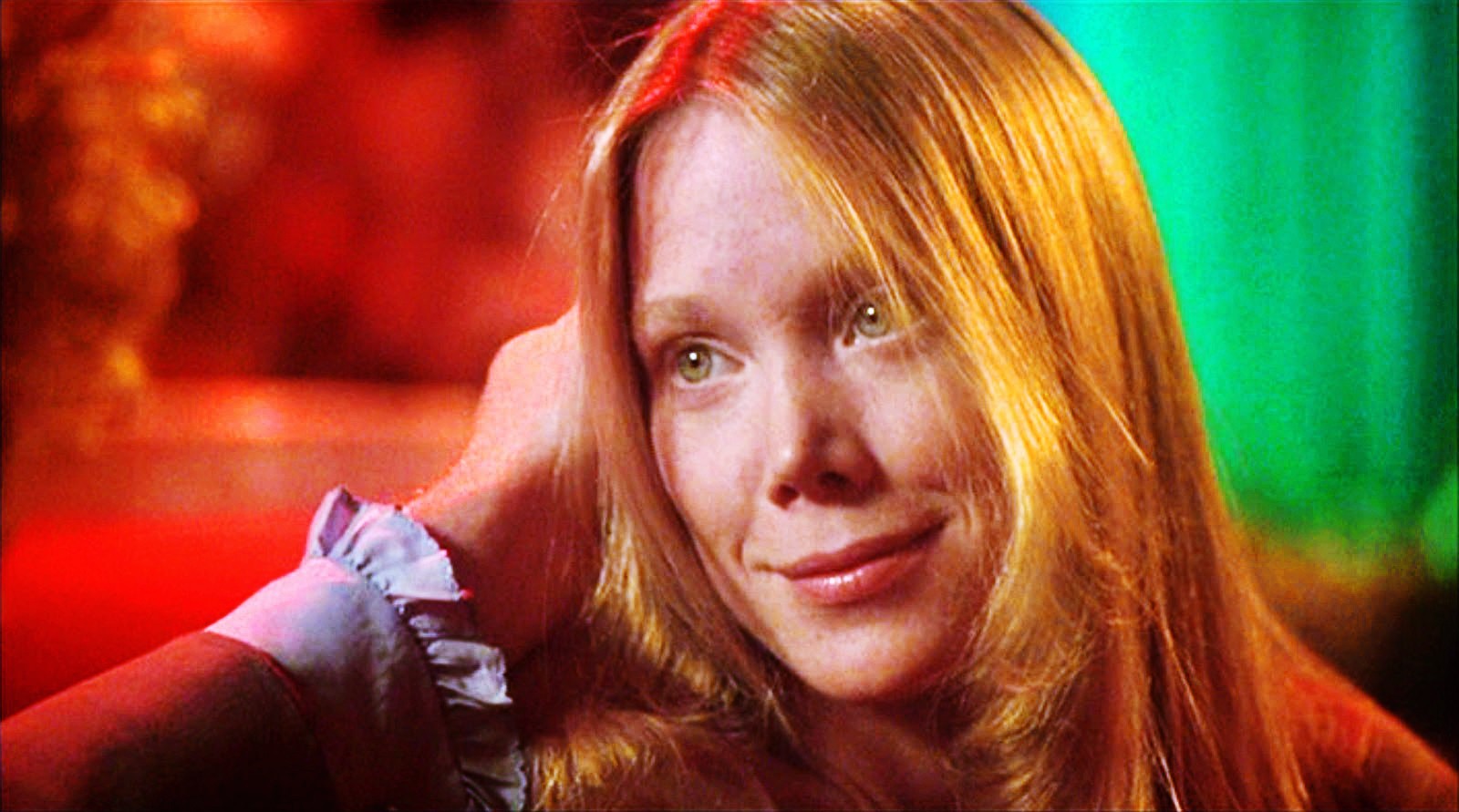“Carrie” (1976)

Stephen King’s novel “Carrie,” adapted into a film in 1976 by director Brian De Palma, remains a seminal work in the horror genre, exploring themes of adolescence, repression, and supernatural vengeance. Set against the backdrop of a small American town, the film delves into the life of Carrie White, a shy and introverted high school student played by Sissy Spacek, who discovers she possesses telekinetic powers.
The narrative unfolds with a chilling exploration of Carrie’s troubled life, marked by bullying at school and emotional abuse at home from her fanatically religious mother, Margaret White, portrayed by Piper Laurie. De Palma’s direction paints a haunting portrait of Carrie’s isolation and torment, juxtaposed with her burgeoning powers that grow stronger as her emotions intensify.
Central to the film’s tension is Carrie’s transformation from a timid outcast into a force to be reckoned with. The iconic prom sequence, where Carrie is crowned prom queen only to face a humiliating prank orchestrated by her classmates, serves as the catalyst for her unleashed fury. Spacek’s portrayal captures both the vulnerability and terrifying rage of a young woman pushed to her limits.

The film’s exploration of power dynamics extends beyond supernatural abilities to encompass broader themes of societal cruelty and the consequences of unchecked authority. De Palma employs visceral imagery and suspenseful pacing to heighten the horror, culminating in a climactic showdown that leaves a lasting impact on audiences.

“Carrie” also stands out for its nuanced portrayal of its characters, particularly Carrie and her complex relationship with her mother. Laurie’s performance as Margaret White is both chilling and sympathetic, portraying a woman whose misguided beliefs and oppressive tactics contribute to her daughter’s descent into darkness.
Beyond its horror elements, “Carrie” is a poignant commentary on the perils of adolescence and the psychological scars left by trauma. The film resonates with viewers for its exploration of bullying, identity struggles, and the quest for acceptance in a world that often feels indifferent or hostile.

De Palma’s direction is complemented by a haunting score by Pino Donaggio, which heightens the film’s emotional intensity and underscores its supernatural elements. The use of slow-motion and split-screen techniques enhances the dramatic impact of key scenes, creating a visual language that remains influential in horror cinema.

In conclusion, “Carrie” (1976) endures as a timeless classic that continues to captivate and disturb audiences with its exploration of horror and humanity. Its themes of power, vengeance, and the dark side of adolescence remain as relevant today as they were upon its release. Through its unforgettable characters, chilling narrative, and visionary direction, “Carrie” stands as a testament to the enduring power of Stephen King’s storytelling and Brian De Palma’s filmmaking prowess.











